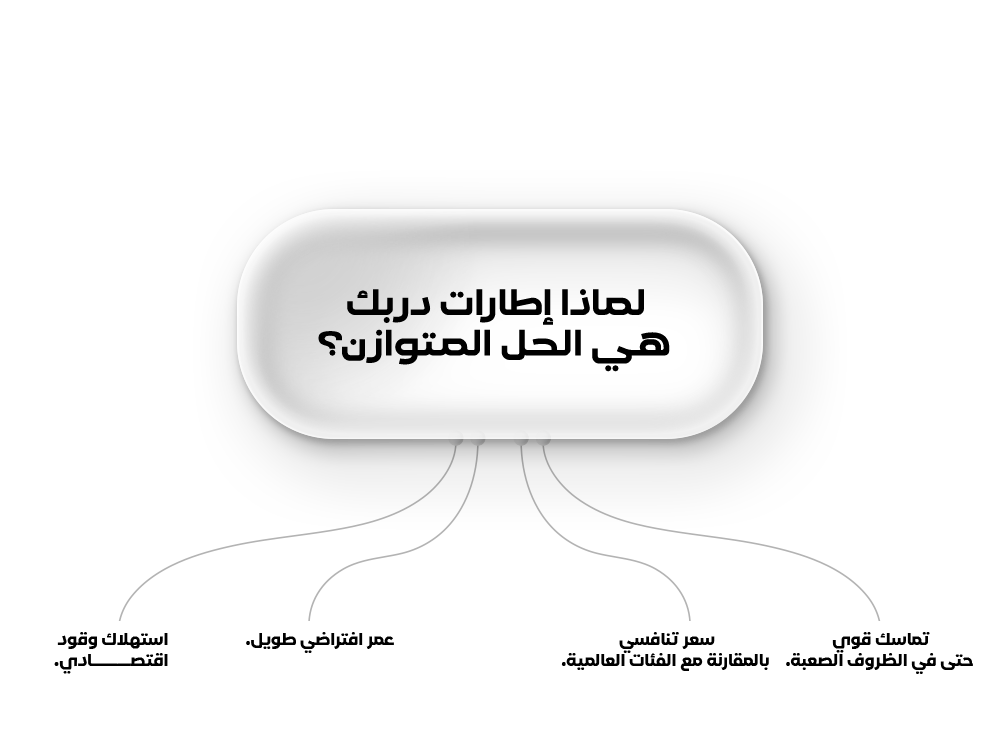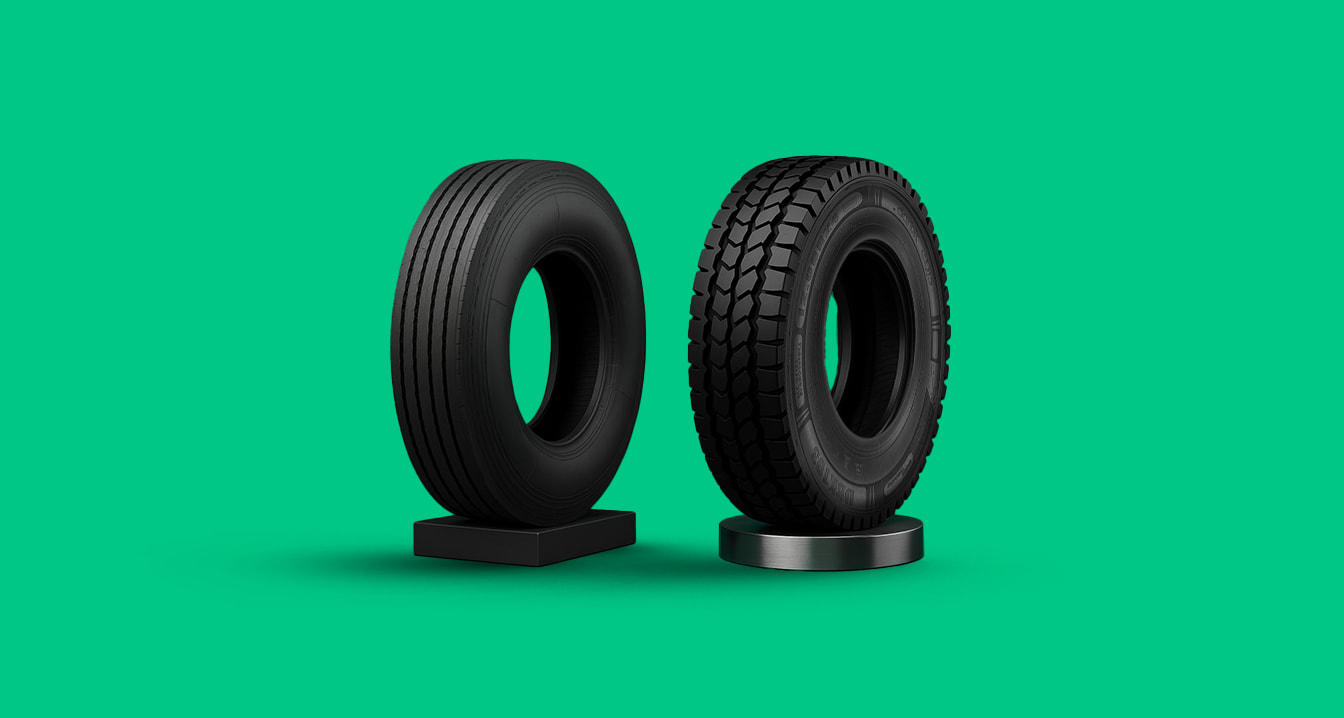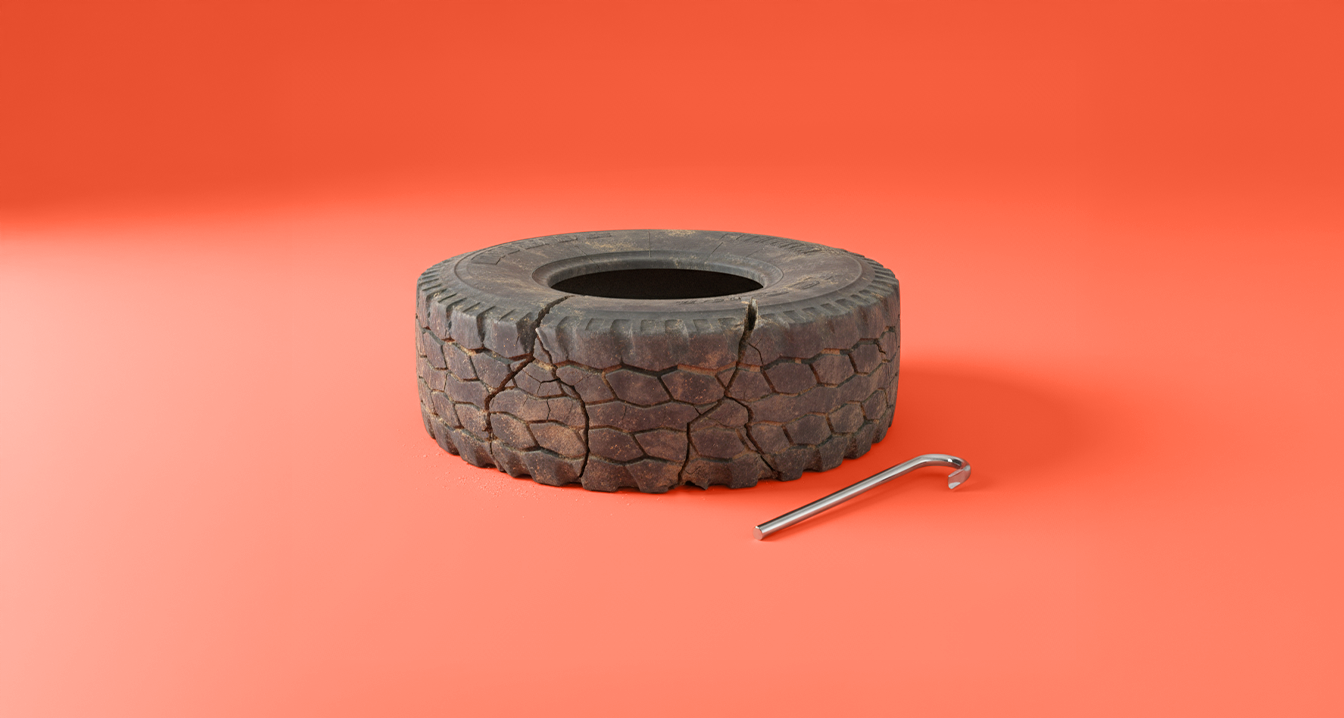You may think that the answer is obvious and that high-performance tires are better than economical tires, but... Things are not measured so simply and in this way. The term “economical” does not refer to cheap tires, but to tires that have a reasonable price and whose price is commensurate with their performance.
It may seem to you that all tires perform the same task, turning and driving the car forward, but the fact is that choosing the right tire is a strategic decision that makes a difference in fuel consumption, vehicle stability, and safety on the road.
Today, in all markets, you are offered two main categories of tires: economy tires and high-performance tires. Between the difference in price and the difference in specifications, you may be confused: Which one suits me? Is it better to pay more to get higher performance? Or does a lower price mean a weaker performance?
In this article, we'll compare the two categories in simple and practical language, and reveal the advantages, disadvantages, and smart choice that suits your driving style and budget as well.
First, what is meant by economic frameworks?
In its general sense, economy tires are the most popular and widespread category among drivers. They are designed to meet the minimum acceptable performance in daily use.
It is also possible to call “economic tires” tires that are suitable for any use, meaning that they are not specialized in a specific type of road or use. They can also be used in all climatic environments
Economic tires may be highly efficient for the vehicle or the average user. In the event of challenges, high-performance tires are certainly the best. They are intended to deal with a specific environment and enter into a difficult challenge that can only be overcome by tires of this kind, such as rough roads, sand and mountain roads, for example. These roads can only be dealt with with with “specialized” high-performance tires.
According to a study published by the European Transport Research Center ETRC in 2021, more than 65% of users of economical tires in Europe chose them because of the low price, while trial results showed that 42% of them had to replace tires within the first 18 months of use only, compared to 27% for users of medium or high-performance tires.
What are the features of economical tires:
Absolutely everything in this existence has features and benefits. Indeed, economic tires have a number of advantages that may be a major reason for choosing them.
Economic tires are an ideal choice for those looking for acceptable performance within a limited budget. Low-cost but reliable manufacturing materials are usually used in their manufacture. They are designed to withstand daily driving conditions in cities and moderate highways. Their features include:
- A relatively low price that suits a wide range of users.
- It is widely available in the market, making it easy to find and replace it.
- An acceptable response in daily driving, especially at low and medium speeds.
- Availability of spare parts and easy maintenance, because its design is simple and popular.
- Moderate fuel consumption due to light weight and low rolling resistance.
Disadvantages of economical tires:
- Less grip at higher speeds.
- Modest performance in turns or slippery roads.
- shorter shelf life.
What are the cases in which economic tires can be purchased?
- Driving in cities.
- Daily use for short distances.
- Drivers looking for the lowest possible cost.
Second: What is meant by high-performance tires?
These are tires designed to give the driver a better driving experience and a higher degree of control, especially in extreme conditions or at high speeds.
High-performance tires are the perfect choice for drivers looking for an advanced driving experience and maximum confidence on the road. These tires are manufactured using advanced technologies and high-quality rubber materials, and are tested under extreme conditions that simulate high-speed driving, sharp turns, and sudden braking.
Its aim is not only to keep the vehicle stable, but also to enhance its response and improve control in non-ideal conditions. Therefore, we find it widespread among drivers of sports vehicles, heavy trucks, or even daily drivers who travel long distances. Its most important features are:
- Excellent grip on dry and wet surfaces, thanks to the deep grooves design and thoughtful patterns.
- Better braking and starting performance, giving you a quicker response in an emergency.
- Higher resistance to heat and wear, making it ideal for warm areas or long trips.
However, these benefits are not free, so:
- These tires are often more expensive than others due to the advanced technology used in their manufacture and the quality of materials that ensure their high performance.
- Some types may consume a little more fuel, due to the focus on higher performance and stability rather than reduced rolling resistance.
However, this additional cost is fully justified when compared to the benefits it offers, especially in emergency situations or difficult weather conditions, where precise control and strong coherence make a real difference.
What are the cases that make high-performance tires an urgent and necessary need?
- Who travels long distances regularly and needs a tire that maintains stable performance throughout the way.
- Truck and heavy vehicle drivers who face a variety of roads and high loads.
- Those who drive on highways or in hot areas, where there is an increased need for a tire that can withstand heat and provide reliable stability.
A direct comparison between the two categories (economy tires and high-performance tires):
Before making your decision, it is important to see the full picture. Not every economic tire is weak, nor every high-performance tire is excessively expensive. Each category has its own characteristics and advantages, but the real difference appears in daily use, especially in difficult conditions.
Here's a direct comparison to help you understand the actual differences between the two categories:
A common mistake: is the cheapest always the most expensive?
It is important to distinguish between two terms that are often confused: economic framework and cheap framework.
The economic framework:
It is a product designed to provide acceptable performance within reasonable price limits. Its manufacturers often comply with basic safety and quality standards.
As for the cheap tire:
It is often produced at a much lower cost at the expense of quality and durability, and is more susceptible to wear or premature failure.
So... Don't be fooled by the price only. A cheaper tire may force you to change it faster, damage other components in the vehicle, or even cause an unwelcome accident.
According to a report issued by the European Transport Authority in 2022, unsuitable tires lead to more than 27% of heavy vehicle failures, and poor selection in the category is the most prominent cause.
Q: How can I tell if a tire is cheap or economical?
The answer is pretty simple:
- If a tire has a reliable brand name, has a certificate of quality or conformity, and comes at a reasonable price, it is often an economical tire.
- However, if the price is excessively low, with no clear data on the country of manufacture, specifications or warranty, it is often a cheap tire that is not recommended for use.
What do experts say?
In a study conducted by the German Automobile Institute TUV, it was found that the difference in braking distance between an economical tire and a high-performance tire on a wet road may be up to 17 meters at 100 km/h, which is a sufficient distance to separate a fatal accident from a safe stop.
Why are your driveway tires the balanced solution?
Derby tires are designed to break the traditional equation: high performance = high cost.
Thanks to its thoughtful manufacturing engineering and locally developed design techniques to suit the Gulf roads, Darbek offers:

- Strong grip even in tough conditions.
- Competitive price compared to global categories.
- long shelf life.
- economical fuel consumption.
Since Darbek tires received the Saudi quality mark SASO, this means that Darbek tires have achieved an 89% balance between performance and cost compared to samples from famous brands.
In conclusion...
The decision is not between the cheapest or the most expensive, but between what you actually need and what will serve you for the longest time, so ask yourself:
- How do you drive?
- Where do you drive?
- What do you expect from the frame?
Then remember:
Your trail tires deliver all of this to you smartly.
So choose smart performance...
Choose your path.







